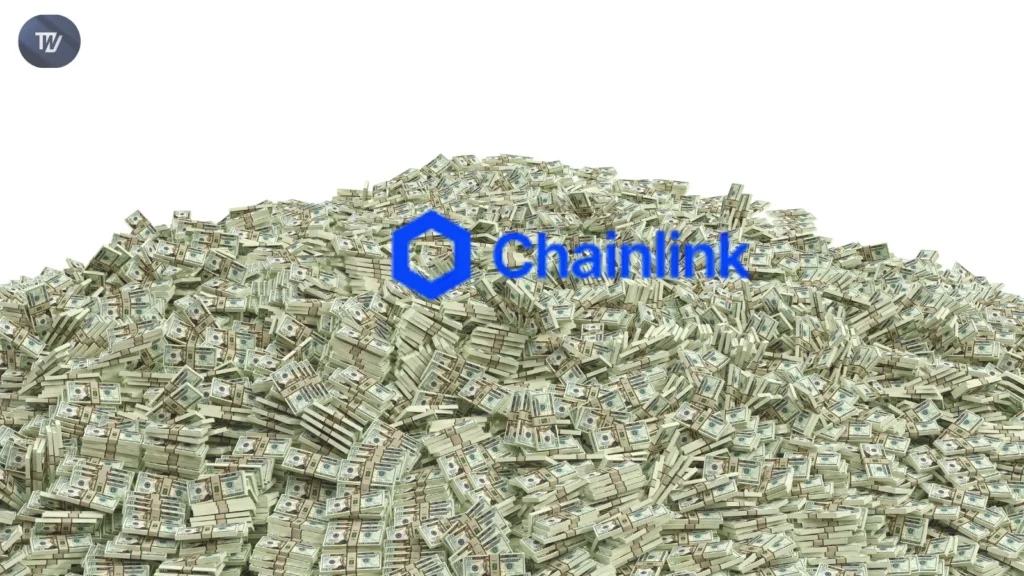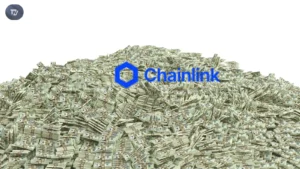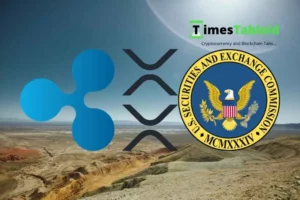
Chainlink Reserve Hits $1.16 Million in LINK as Real Revenue Powers Growth
August 8, 2025
Chainlink has made a significant announcement by revealing its LINK reserve, which now holds an impressive 65,500 LINK tokens valued at approximately $1.16 million. This milestone marks a crucial development for the network, as it positions itself for mass adoption across DeFi and institutional finance.
The Chainlink Reserve is an on-chain strategic pool of LINK tokens that will be filled with real revenue generated from enterprise users and users on-chain. The network’s new Payment Abstraction framework plays a critical role in transforming revenue into LINK. This innovative framework supports payment in stablecoins or gas tokens, which are then programmatically converted to LINK through decentralized exchanges like Uniswap V3.
To ensure the long-term sustainability of its token economy, Chainlink has designed a reserve smart contract with withdrawal delays. This approach encourages users to hold onto their LINK for an extended period, rather than rapidly withdrawing them and potentially destabilizing the market.
The network’s Payment Abstraction layer now supports both on-chain and off-chain enterprise transactions, which is a significant development. As more global financial institutions and decentralized applications (dApps) adopt the Chainlink network, it becomes the go-to connectivity layer for seamless data transfer and value transfer across multiple chains and conventional systems.
Capital markets and banking systems are increasingly dependent on Chainlink’s oracle data, interoperability, and automation capabilities. While some of these connections remain private, they have already entered live use or testing phases. As tokenized assets continue to gain traction, it is likely that more revenue will flow into the reserve.
Usage-based payments also contribute significantly to this growth. Subscription models for services like VRF (Verifiable Random Function) and Automation, as well as per-call payments for CCIP (Cross-Chain Interoperability Protocol), provide a steady stream of income. Furthermore, platforms like GMX and Aave generate revenue through revenue-sharing models. GMX contributes 1.2% of its fees to the network, while Aave allocates 35% of its MEV recapture from liquidations to Chainlink services.
In conclusion, this achievement signifies a vital step towards securing the sustainability and growth of Chainlink’s token economy.
Source: www.tronweekly.com


